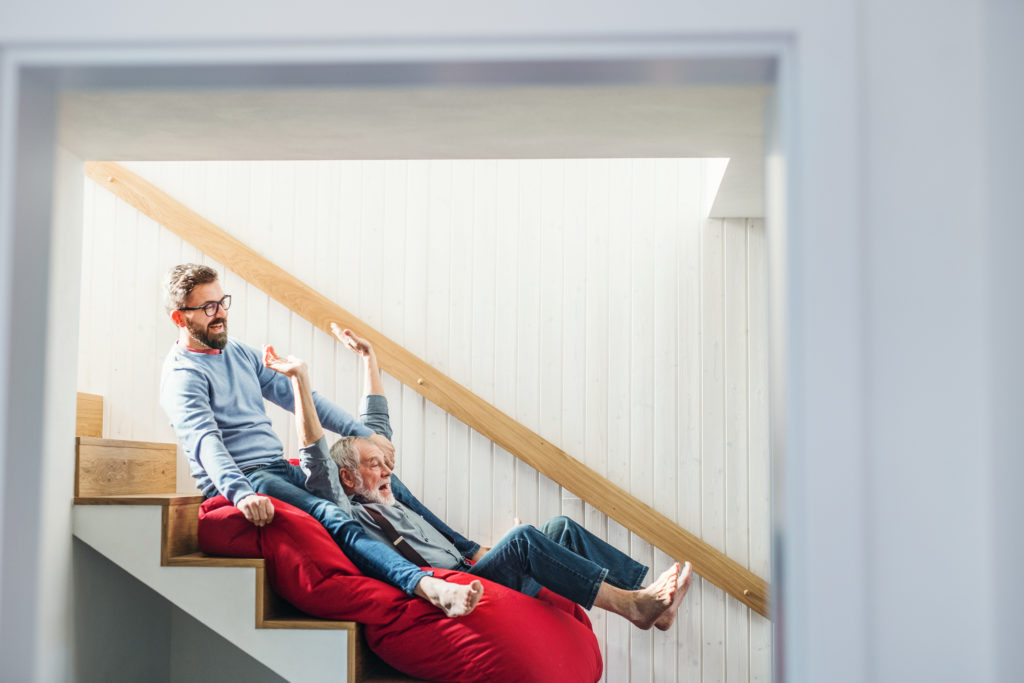Age in Place: Change vs. Stasis

I’m like a tree. My leaves might change color, but my roots are the same.
~Rose Namajunas
Aging in Place
Resistance to change is one of the biggest challenges that CAPS remodelers, in-home care professionals and families, will encounter. At some point in your experience with elderly relatives or clients you will run into a brick wall when suggesting modifications to their homes. In medicine we call this phenomena “stasis” or standing still–and so often in life when things cease to move, like blood for example, trouble is just off-shore brewing.
Applied Gerontological Paradox
A common paradox I love to talk about in aging is that in order to stay the same (often called continuity of Self) change is often required. For example, we’ve all heard the line: The more things change the more they stay the same, in this context I’d like to apply it to home modification for aging in place.
As we age there are undeniable physiological changes which make negotiating the homes we love a bit challenging. Further, our homes weren’t built to accommodate our aging-selves in many instances. Given these two realities of changing physiology and static built environments, it’s smart to consider making home modifications (CHANGES) that will help older adults remain (SAME) home. But seniors are reluctant to make changes for various reasons which include fear of change, not wanting the home to look like an intuition/or medical, and costs. These are often cited, but infrequently addressed is something called “Biographical Disruption” that might be driving the fear of change.
To unpack this let’s look at the definitions of the two words which makeup the concept:
Biographical: Information about a person’s life, or details about the life of a person.
Disruption: A break or interruption in the normal course or continuation of some activity, process, etc.
When joined, Biographical-Disruption in an older person means a discontinuity of Self, or a fracture of self-identity caused by environmental change. Self-concepts cultivated over years of living in a preferred environment surrounded by objects that support identity suddenly fracture and Now, research has shown that the elderly are often unable to adjust to new surroundings because of the deterioration of a brain circuit which plays a critical role in goal-directing learning when too much change is introduced.
Strategic Change
The Key is to manage change in ways that integrate the new/old and minimize Biographical-Disruption. For example, if there is a beloved Persian rug on the floor which has been not just a source of visual delight and travel memories for decades, but also a trip hazard, it could be easily taken off the floor and mounted on the wall. No more fall risk, and now it functions as a lovely wall decoration…Aging in Place WIN-WIN!
Other Easy “Changes”
~Adding brighter bulbs to existing light sources
~Non-Slip Stair Strips to existing stairs
~Swing-CLEAR Offset Hinges to existing doors
~EZ Doorknob Grips to existing Doorknobs
The trick here is adding modifications to existing home elements so the impact of change is minimized.
________________________________________________________________________________________________
Can you think of more ways to integrate low impact changes with high Aging in Place Impact?
I’d love to see some of your ideas–share them with me on LinkedIn!
